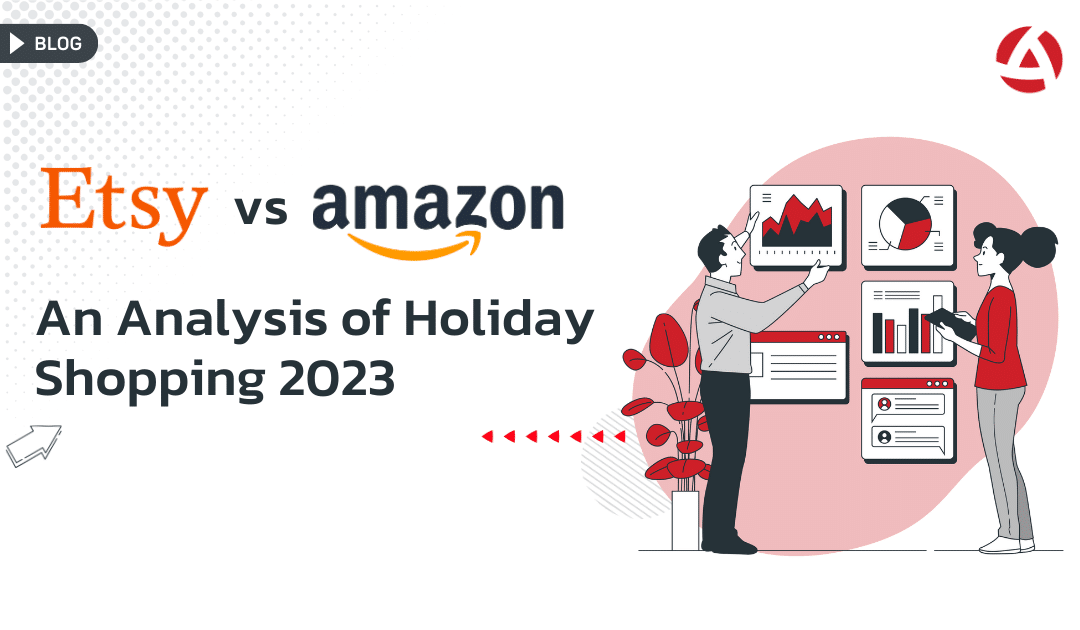How do we address customer feedback in a continuous improvement loop?
Thousands of interactions occur between customers and companies every day. Each interaction can potentially result in a bad experience. But which of these interactions carries the most significant risks? How do we continuously and systematically measure and manage thousands of interactions each day?
Continuous improvement loop is a proven approach for managing customer experiences. This loop enables brands to capture interaction-based customer feedback and generate actionable insights. Enterprise Feedback Management (EFM) systems are user-friendly means to automate the flow in continuous improvement loops.
Customer feedback in continuous loop represents a significant advancement in business management. During or shortly after an interaction between a customer and the brand, EFM systems trigger an interaction-based survey to the customer. By doing so, the system enables a real-time transactional net promoter score (T-NPS) using the corresponding channel (SMS, E-mail, website, mobile app, CATI, social media etc.) through which the customer initially made her/his transaction. Through captured feedback, brands can generate insight and report customer experience performances on automated, role-based dashboards. Low scores trigger alarms, and tasks are assigned to relevant staff in the organization for remedial action to close the loop. This loop runs automatically 7/24 and 365 days!
Increased customer satisfaction, x-sell and up-sell, reduced customer complaints and churn, operations streamlined for greater efficiency… These are only a few benefits of running a continuous improvement loop. They form a progression of continuous improvement steps.
Here are some concrete examples of benefits reported across different industries:
- 27% increase in premium payments from promoter customers at an insurance company
- 5% decrease in customer churn at a telecom operator
- 10% increase in net promoter score at a retail company
- 23% increase in customer satisfaction score in a financial services company
Thanks to continuous improvements, it becomes easier to get positive feedbacks from customers. If you wonder how to make a continuous loop, just consult our experts!
Why continuous improvement?
Continuous improvement lets companies monitor customer feedback based on communication, and then generate actionable insights. EFM systems automate this interactive flow in continuous improvement cycles, making it easier for companies to manage their existing corporate feedback processes.
What is real-time feedback?
Real-time feedback in customer relations is an approach that aims to quickly capture feedback and manage the business transaction while the customer is still interacting and communicating with the company on whichever platform. The continuous improvement cycle is one of the practical methods of this approach.
How to get real-time feedback?
The EFM system’s continuous improvement loop method causes a brand’s customer service unit to trigger an interactive survey to the customer. Thus, the system enables a real-time transactional net promoter score (T-NPS) using the corresponding channel (SMS, E-mail, website, mobile app, CATI, social media etc.) through which the customer made initial contact. Through captured feedback, brands can generate insight and report customer experience performances on automated, role-based dashboards. Low scores trigger alarms, and tasks are assigned to relevant staff in the organization for remedial action to close the loop. This cycle runs automatically around the clock for 365 days a year.
Why is real-time feedback important?
Today’s current technological developments allow increasingly demanding, impatient customers to immediately, widely share their thoughts via social media tools. Instant social media content reaches and may discourage other potential customers. The real-time feedback approach allows businesses to manage customer service before detrimental digital content and commentary spread rapidly to the wider consumer public.




